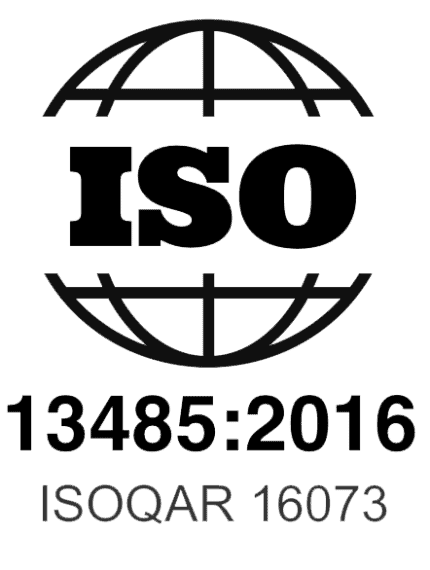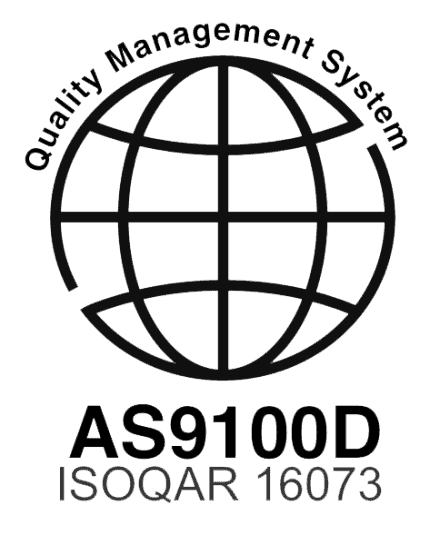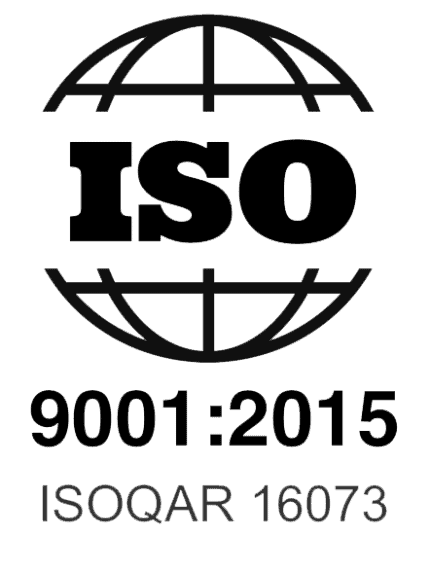A Single Source: EB Industries For Both Welding AND Laser Marking
If you are using one company to weld your part and a second company to mark the part, you’re likely spending more time – and more money – than you need to. Here’s a better solution:
- EB Industries can both weld AND mark your part, saving you the costs and time of shipping, handling and managing a second vendor.
We offer precision electron beam, laser, TIG and MIG welding. Leveraging our expertise in laser welding, we provide laser marking with:
- Unmatched durability: Our laser markings withstand extreme temperatures, chemicals, abrasion, and harsh environments without degradation.
- Versatility: We work with a variety of metals, including stainless steel, titanium and aluminum.
- Structural integrity: Whether your part is heat-sensitive or thin-walled, we ensure that marking won’t compromise its strength or functionality.
From part numbers to serial codes, QR codes, logos and barcodes, we weld and mark your parts with precision, efficiency, and care.
By consolidating your welding and marking needs into a single-source solution, we simplify your supply chain, reduce administrative overhead, and provide a seamless experience with a single point of contact.
What is Laser Marking?
Product identification, traceability and authentication have become critical requirements across all manufacturing sectors. Regulatory compliance, quality control protocols, warranty validation and counterfeiting prevention all demand permanent, precise, and reliable marking solutions. Traditional marking methods often fall short when faced with challenging materials, complex geometries or harsh operating environments. Based on our expertise in laser welding, we utilize laser marking technology to address these challenges, offering our clients a superior solution that meets the most demanding industrial requirements while integrating seamlessly into modern production processes.
Laser marking is a non-contact process that uses a focused laser beam to create permanent, high-precision marks on material surfaces. The technology works by directing concentrated light energy onto the workpiece. The light energy interacts with the material through various mechanisms—including annealing, engraving, etching or color change—depending on the specific application requirements. Unlike mechanical marking methods, laser marking introduces minimal heat into the surrounding material, preserving the structural integrity of precision components while providing marks that remain legible throughout a product’s entire lifecycle.
Benefits of Laser Marking
The advantages of laser marking extend beyond simple product identification. This versatile technology offers:
- Permanent identification: Laser markings withstand extreme temperatures, chemicals, abrasion, and other harsh conditions without degradation.
- Compatible with a wide range of materials: Stainless steel, titanium and aluminum.
- Preserves structural integrity: Safely marking of heat-sensitive and thin-walled products.
- Consistent quality: The non-contact nature of laser marking eliminates mechanical stress and tool wear.
- Complete automation: Seamless integration into automated production lines.
- Environmentally friendly: Does not require inks, solvents or consumables.
- Traceability throughout the product lifecycle: Supports quality assurance, warranty management and regulatory compliance.
Applications
Laser marking helps the medical industry ensure the traceability of medical devices during their useful life. The technology can create permanent biocompatible marks on surgical instruments, implantable devices, and diagnostic equipment without compromising material integrity or creating crevices that might harbor contaminants. The non-contact nature of laser marking is particularly valuable for delicate medical components, as it eliminates the risk of mechanical stress or deformation that could compromise functionality.
The aerospace industry presents extensive challenges for component marking, with requirements for exceptional durability, precision, and traceability. Laser marking provides the serialization of safety-critical parts, allowing lifecycle tracking from manufacturing through maintenance and eventual decommissioning. Durable marking ensures regulatory compliance and airworthiness certification.
The electronics industry demands marking solutions that accommodate miniaturization trends while maintaining legibility and avoiding damage to sensitive components. Laser marking can create permanent identification for electronic connectors with markings that withstand multiple mating cycles, exposure to cleaning agents and thermal cycling.
Quality Management
We maintain the highest standards of quality and precision for our laser marking services. Our advanced quality management system ensures every project meets strict industry and customer requirements:
- ISO-certified processes: We adhere to international standards, such as ISO 9001:2015, to guarantee reliability and precision.
- State-of-the-art laser systems: Our cutting-edge laser technology provides superior control over marking processes.
- Stringent inspection and testing: We utilize high-resolution metrology and automated quality checks to verify accuracy.
- Expert engineering support: Our team of laser specialists collaborates with clients to optimize laser marking parameters for the best results.
As a full-service precision welding company, EB Industries offers a unique advantage by combining our expertise in laser, electron beam, TIG and MIG welding with laser marking in one facility to reduce both your project timeline and overall costs. Our cross-functional expertise allows us to optimize both processes for compatibility, ensuring that marking operations don’t compromise weld integrity and that welding parameters preserve mark legibility. Components can move seamlessly from welding to marking stations within our facility, minimizing the risk of damage or contamination during transport.
EB Industries delivers more value with fewer complications. Contact us to discuss how our welding and laser marking expertise can address your requirements.



